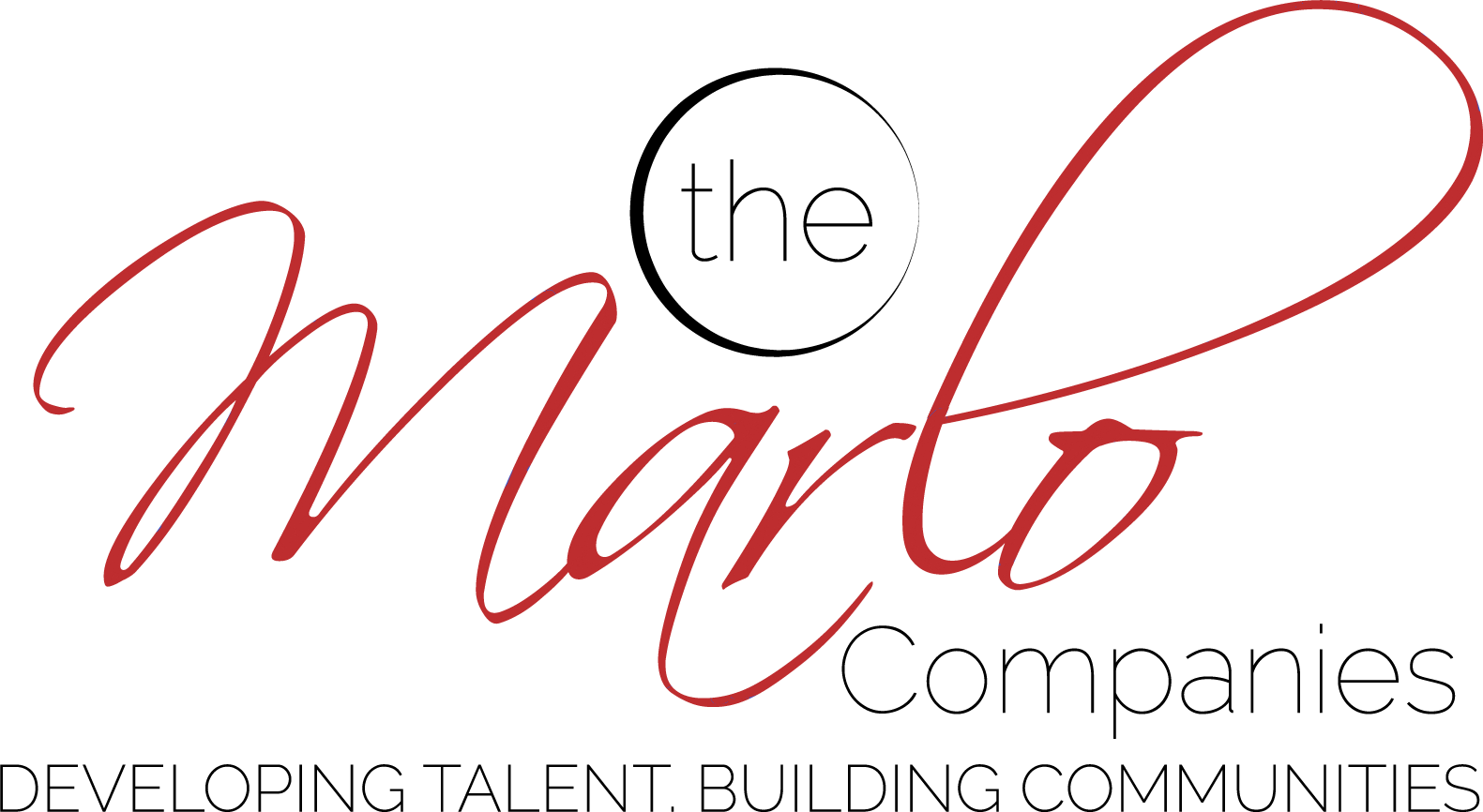
How many times have you asked someone you just met what they do for a living? And then assessed the person according to their response? Three, five, seven times? Every time?
Let me tell you exactly what happened — you fell prey to a bias.
Biases are inherent in our society and our minds. And although most people will have difficulty acknowledging and accepting this, in a way, we all are governed by them. We perceive everything based on some preconception and predetermined reactions imbued in our minds since our childhood.
The best way to prevent biases from ruling your behavior is to understand what they are. Therefore, in this article, we’ve listed the most harmful and common unconscious bias examples that can affect the workplace. Additionally, with each example, we provided a solution for how to tackle them.

7 Most Common Unconscious Bias Examples You Need to Know and How To Stop Them
In an organization, unconscious biases can be a barrier to creating a diverse and inclusive environment. They influence how companies evaluate talent, promotions, performance, assignments, and so on.
So let’s take a closer look at these unconscious bias examples to learn how to spot them as soon as possible.
1. Gender Bias
What’s the first image you see when thinking about a CEO, CFO or CTO?
A white man dressed in an elegant suit with a leather suitcase in his hand? If your answer is yes, then you’ve had first-hand experience with gender bias.
Gender bias implies favoritism on one gender above the other. And usually, women are more affected by it, being 1.5x less likely to be hired than men.
Ways to prevent gender bias:
To avoid this bias at work, give equal opportunities to both genders. Set goals to promote an organizational culture where inclusion and diversity thrive. Use neutral language in your job descriptions, so that everyone will resonate. But most importantly, assess your candidate based on their skills and merit, and not their gender.
2. Name Bias
When people judge or disregard a candidate because of their name, they are influenced by the name bias. This bias is pervasive and entrenched in our society. One study found that white names are 50% more likely to be invited to interviews than African American names. In another study, researchers found that, compared to Anglo last names, the Asian names are 28% less likely to receive a callback for an interview.
Ways to prevent bias:
A good way to avoid this bias is to remove the names of the candidates from the resumes during the hiring process. As mentioned many times here, try to be aware that names don’t represent the skills, abilities, achievements, and results of a candidate. But more than that, remember— a name doesn’t make a person, but vice-versa.
3. Ageism
This bias has two sides. On one side is the assumption that a younger individual has less experience and wisdom than an older person. On the other, is the judgment that an older person cannot work as much as a younger one. Simply put, ageism means discriminating against a person based on their age.
In a workplace environment, older people are more likely to be affected by this bias than younger individuals, who are two times less likely to experience age discrimination. To be specific, 58% of workers in the US are affected by age bias when entering their 50’s.
Ways to prevent ageism:
The first thing an organization can do is to realize that older people can bring a set of skills and experiences that can be mastered only with age.
4. Affinity Bias
This bias refers to the habit people have to gravitate towards individuals that have similar interests, experiences, backgrounds, and other similarities.
In a workplace environment, this means hiring people or promoting employees who share similar educational backgrounds, race, gender, or age. Or simply put — who are “culture fit” and are more probably to be liked by the team.
If this occurs, then it’s most likely that the employer has fallen prey to affinity bias.
Moreover, a team that has too many similarities doesn’t promote growth and development. It transforms into a familiar bubble where everyone is comfortable. After all, we all know that growth means challenges and getting out of the comfort zone.
Ways to prevent affinity bias:
To avoid this bias, make a physical note of the similarities you first noticed. Then, decide based on the knowledge and skills of a candidate rather than on their likeability.
5. Beauty Bias
Beauty bias refers to the assumption that attractive people are better qualified, competent, or more successful in life and career. One study even found out that attractive people receive better job offers than less attractive individuals.
While the law does not prohibit companies to hire based on beauty standards, some do. It is dangerous ground. Not only do you lose skillful candidates, but it also means you do not provide equal opportunities for everyone.
Ways to prevent beauty bias:
To combat this bias, companies should structure their hiring processes and follow unbiased ways to interview candidates. For example, use a phone interview before a video and in-person interview. More than that, you need to focus on the aptitudes and results of a candidate or existing employee, not their looks.
6. Halo Effect/Horn Effect
The halo effect or the halo error is a cognitive bias that distorts the way people interpret information about someone based on a single positive encounter or trait. For example, putting someone on a pedestal after learning they did something impressive. This is particularly dangerous because it affects the critical thinking of a person.
Falling under the influence of this halo effect can have a negative impact in the workplace.
Researchers suggest that it influences performance, appraisals, and reviews. Specifically, managers may evaluate subordinates based on a single positive gestalt rather than their performance and contribution.
Additionally, the halo effect can hinder the hiring process and make it unfair. It may come into play when looking at a candidate’s resume. And as a result, hire them based on the sole positive fact that they went to an elite school or worked at a top company, for instance.
The opposite of the halo error is the horn effect. It implies demonizing another person based on a single negative encounter or a trait. For example, assuming a person is less competent or successful because they are less attractive. Or perceive someone negatively based on a single mistake.
Ways to prevent the halo/horn effects:
Challenge your assumptions and beliefs and determine whether you were influenced by stereotypes based on race, ethnicity, gender, or even beauty. By finding the roots of this bias, you will be able to recognize and avoid it.
When hiring a candidate with one gleaming attribute, for instance, consider looking at them from different perspectives. Compare their personality, skills, and experiences with others who may not have had the same opportunities, but are as talented, nonetheless. And only then make your final decision.
7. Contrast Effect
This bias is the most common and dangerous of them all. It is a mind-bending habit of people to mentally compare one object with another, two persons against each other, and even themselves with other individuals.
In a work environment, for example, this bias may occur in the hiring process when the employee compares a candidate’s application to others. Or when a team or department compares their successes with other teams’ successful outcomes. It can also happen when a manager compares a subordinate’s performance to other employees rather than to established standards.
Ways to prevent the contrast effect:
Design a well-structured hiring process with a standardized candidate review and interview strategy so that you’ll be able to compare applications fairly. This also works well when reviewing the performance of your employees.
On another note, if you as a person or team compare yourself to others, try to understand that everyone is unique and brings value to the company in their own way.
As Maxwell Gladwell pointed out in his book Psycho-cybernetics: “You can never measure up to “their“ standards because you are not them and can never measure up. Neither can “they” measure up to yours — nor should they.” Meaning you are unique and possess skills that no one else does, and vice-versa.
Now that you have a better understanding of the most harmful types of unconscious bias, here are a few actions you can take when you see it in operation:
- Speak up when you notice a bias in action
- Be an ally, not a bystander
- Be empathetic
- Challenge your own beliefs
- Ask questions to understand
- Own when you fall short because we all do
Final Words
Every organization can be vulnerable to bias in one form or another, be it gender bias, ageism, or the halo and horn effect. The best part is that this can be prevented.
You can start making plans and build strategies to prevent them from interfering in your workplace or hiring process. For example, organize unconscious bias training to educate your workforce.
Contact us now to schedule a free consultation and we’ll help you with a plan to improve your performance and combat those unconscious biases that leave your company vulnerable.

